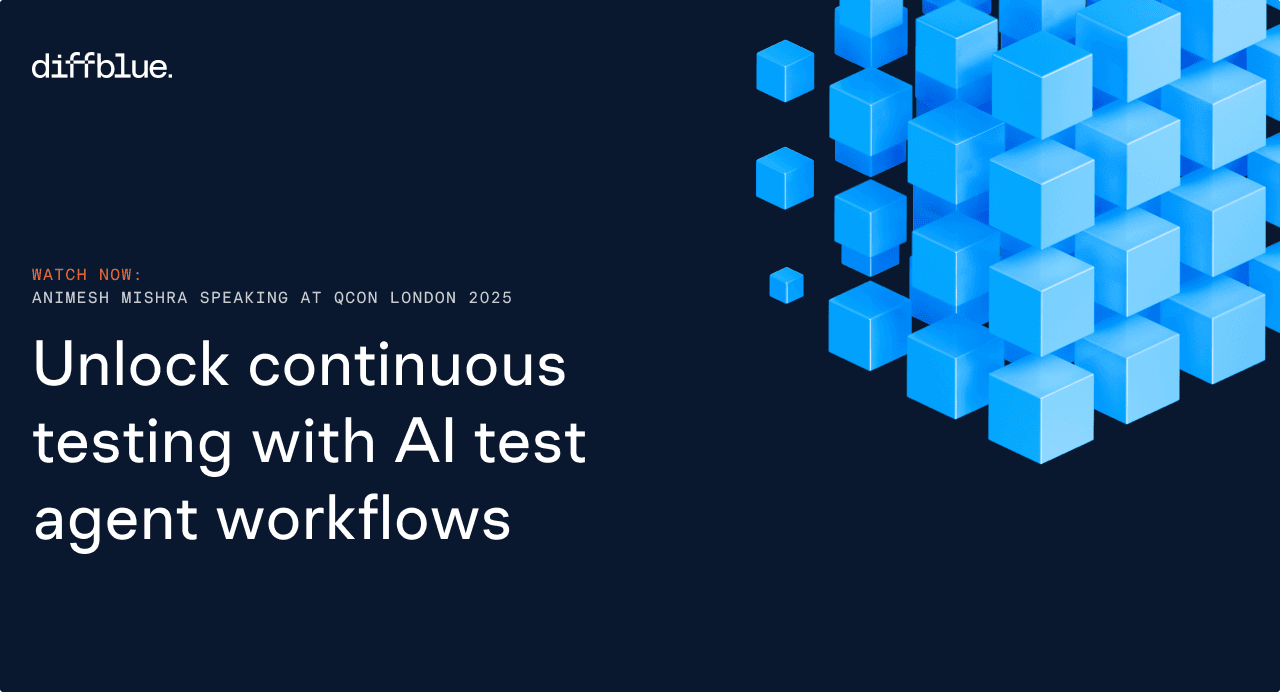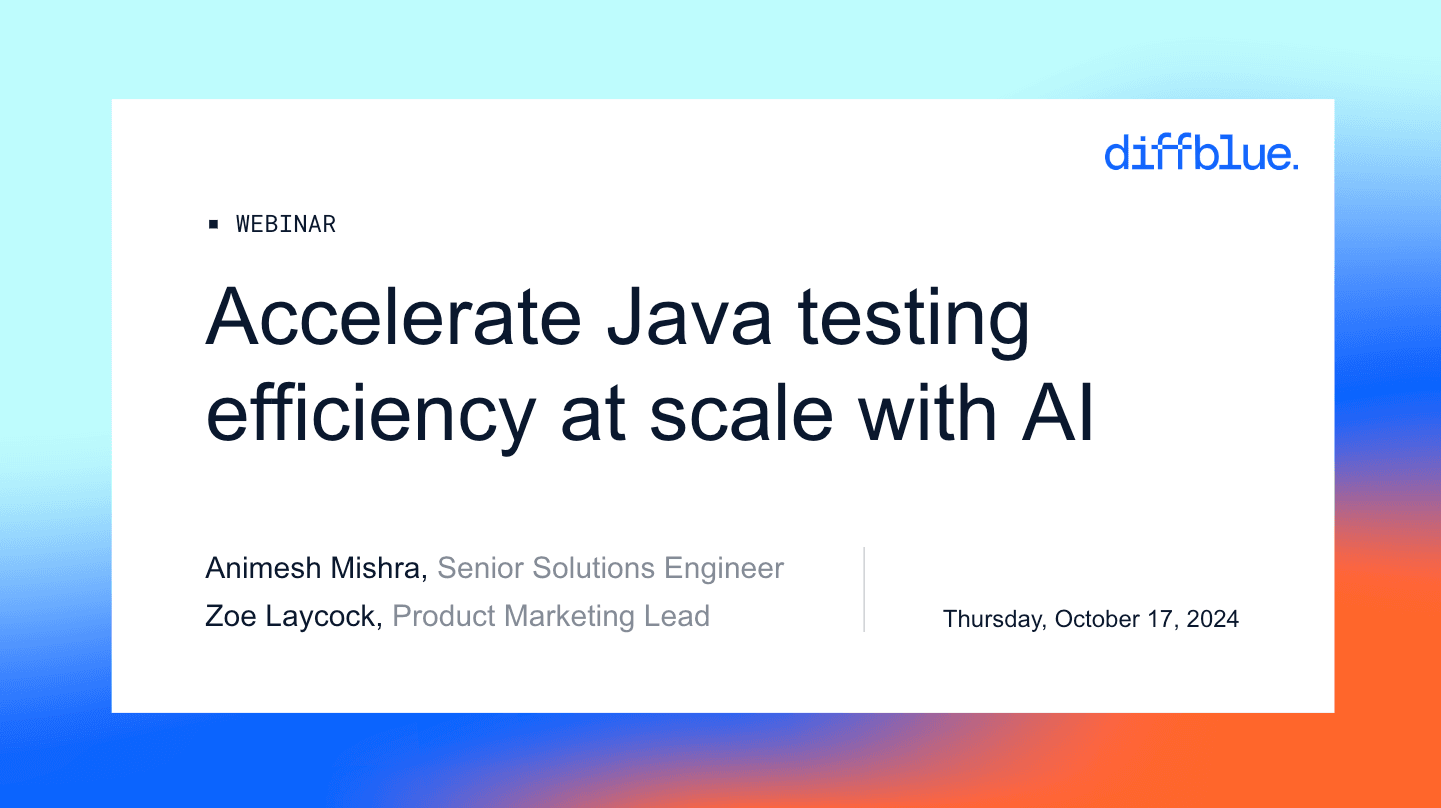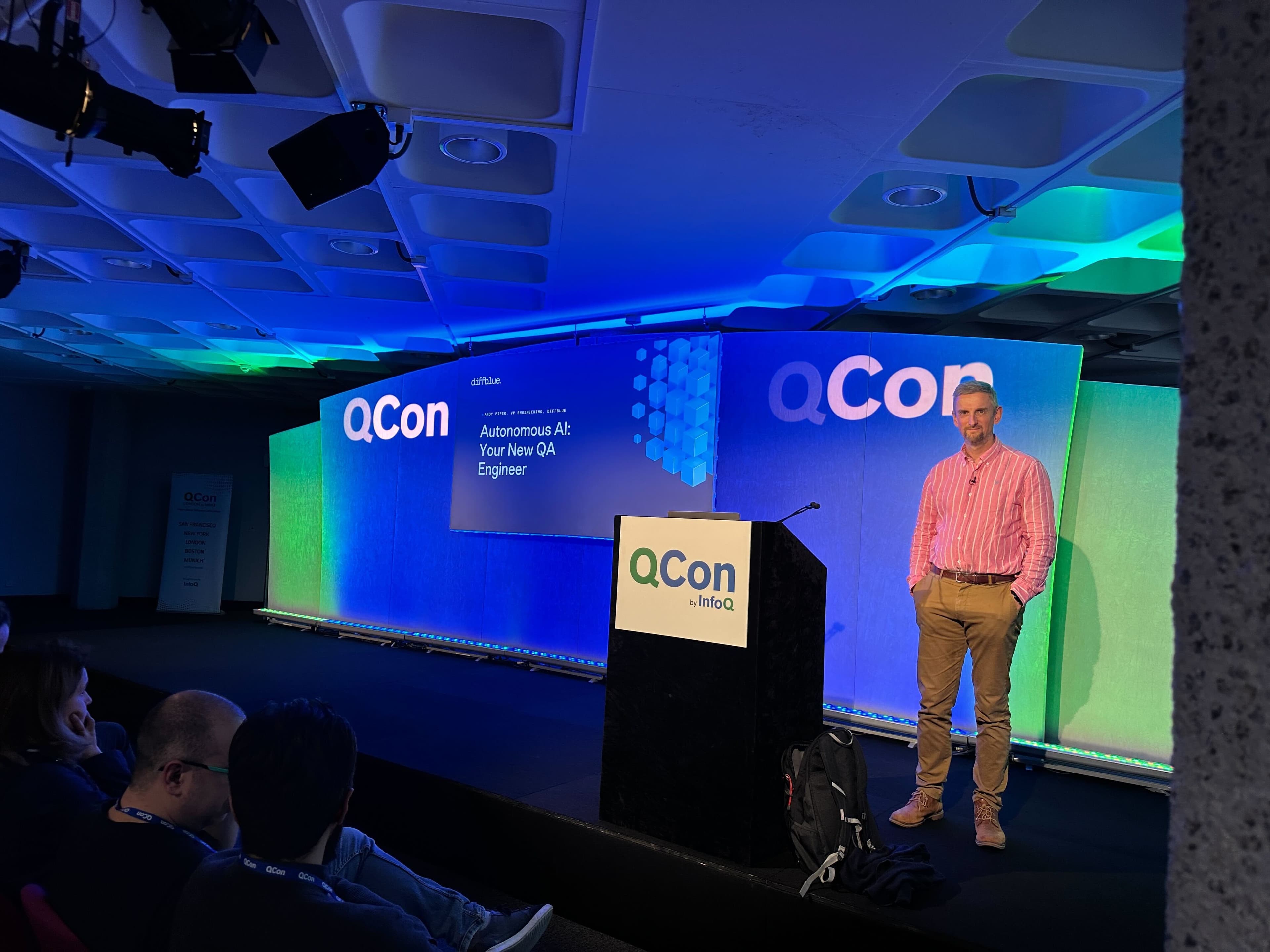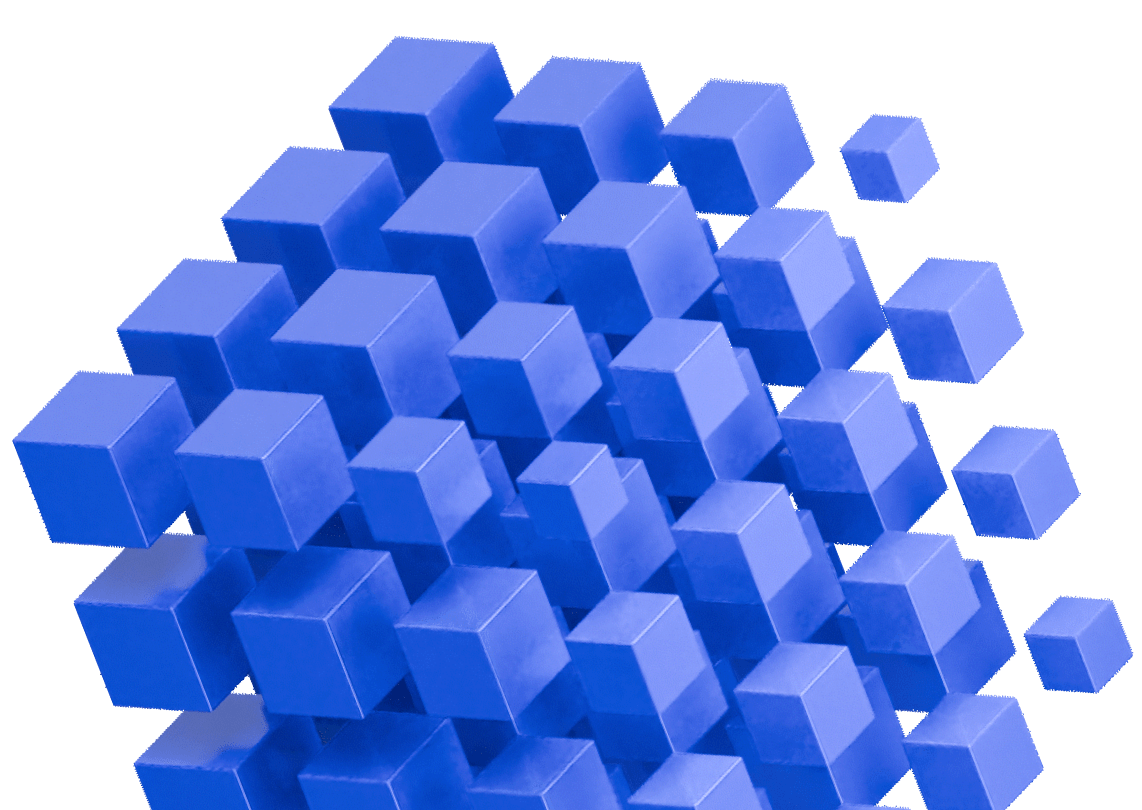AI is already making its mark in test automation to make it less robotic and so find more bugs. This is particularly effective for front-end code, but what about back-end or server code? This talk explores experiences at Goldman Sachs and others where AI has been used to write Java unit tests and rapidly increase coverage, increasing developer velocity and quality.
Ready to stop manually unit testing?
See how Diffblue Cover can transform your code and your engineering team.



